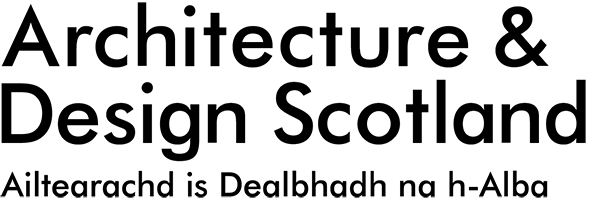Healthy Urban Living: lessons from Utrecht for Scottish cities
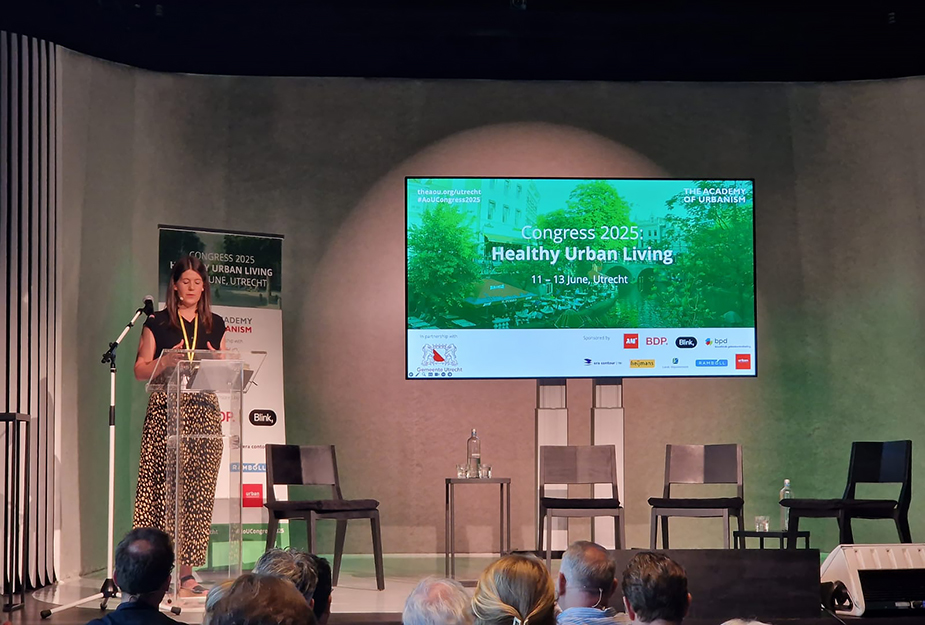
(June 2025) Driven by a desire to understand how other cities foster healthy urban living, Architecture and Design Scotland's former Director of Design Heather Claridge travelled to Utrecht for the Academy of Urbanism's Congress 2025.
How are other cities making healthy urban living a reality?
Stepping away from the desk and into a different city can be a rare luxury, but sometimes it is essential. I chose to attend this year's Academy of Urbanism Congress in Utrecht, driven by a personal and professional curiosity – how are other cities making healthy urban living a reality?
From the 11–13 of June, I joined over 130 architects, planners, engineers, designers, cultural experts and built environment specialists from across the UK, Europe, and even as far as Australia. Hosted in partnership with the City of Utrecht, this Congress was not your typical sit-down event. Instead, it invited us into the heart of the city to cycle its busy streets, walk its regenerated waterfronts, visit its new neighbourhoods, and hear directly from those shaping its future.
Utrecht is one of the Netherlands’ fastest-growing cities and it offers powerful lessons in how heritage, density, and human-centred design can come together to create places that truly work for people. The city’s world-class cycling infrastructure and commitment to reducing car dependency are integral to this. With lessons drawn not only from the host city but also from leading places like Helsinki, Vienna, Glasgow, Malmo and Barcelona, the event was a great opportunity to learn, connect, and rethink what contemporary urban living can be.
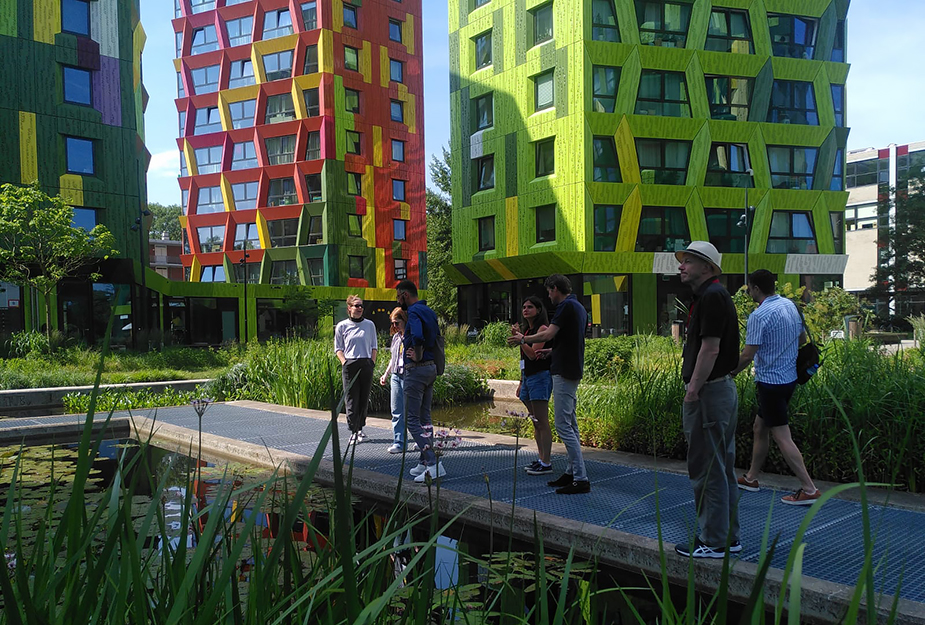
Healthy Urban Living: learning from Utrecht and beyond
For those not familiar with the concept of ‘healthy urban living’, it is about designing cities that actively support the physical and social wellbeing of their residents. It essentially means creating places where walking, cycling, and public transport are convenient and safe; where clean air, green spaces, and access to nature are part of daily life; and where people can reach work, services, and social opportunities close to home. It also involves building inclusive communities with quality housing, robust social infrastructure, and public spaces that foster connection and equity. At its core, healthy urban living is about shaping environments that help people thrive.
In Utrecht, this concept is visible in how the city is planned, built, and experienced. Healthy urban living is embedded into everything from neighbourhood design to mobility strategies, and underpinned by a culture of collaboration. Coordination between national, provincial, and city levels of government, alongside partnerships with developers, housing associations, and communities, enables a more holistic and sustained approach to urban development.
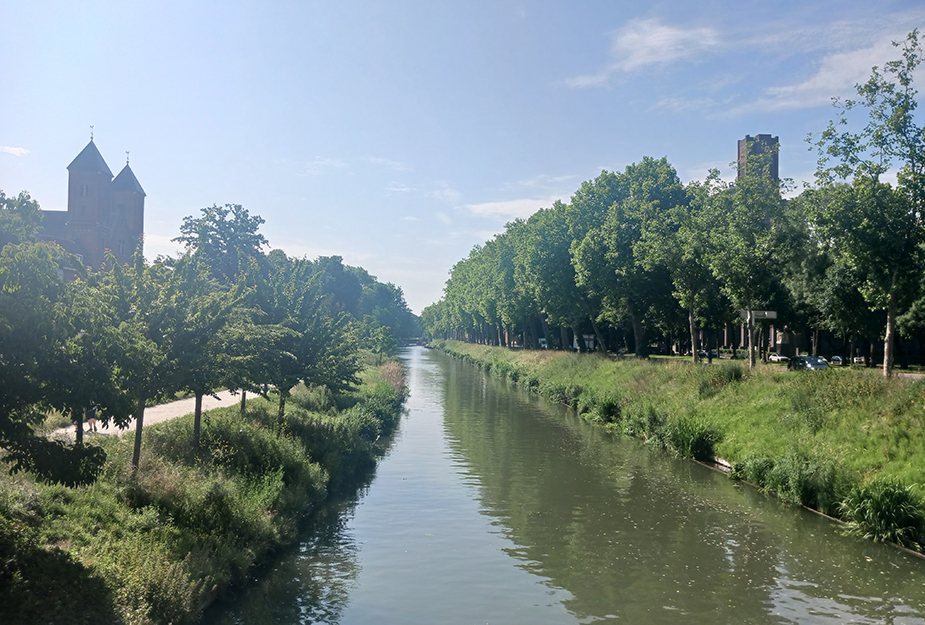
The restoration of the city’s historic canal
One of the most symbolic and powerful examples of this approach is the restoration of the city’s historic canal. In the 1970s, Utrecht replaced part of its original urban waterway with a four-lane highway to accommodate car traffic. Decades later, recognising the negative impact on the urban environment and community wellbeing, the city made the bold decision to reverse this. The highway was removed and the canal was fully restored, creating a green-blue corridor around the city centre that now supports biodiversity, encourages active travel, and offers a tranquil public space for residents and visitors alike. This transformation embodies Utrecht’s commitment to reclaiming the city for people, not cars.
However, Utrecht’s success is not without its challenges. The city’s high quality of life has made it increasingly attractive, particularly to highly educated, higher-income residents. This popularity puts pressure on affordability, with a growing risk of lower-income families being priced out and neighbourhoods becoming less socially diverse.
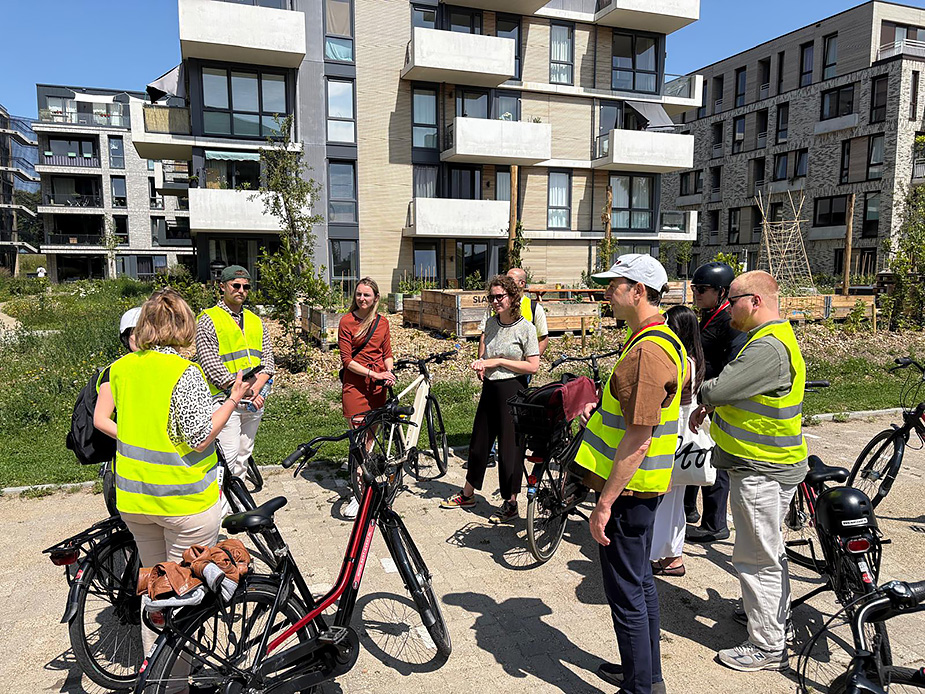
One way the city is addressing this is through targeted interventions in areas like Overvecht – a multicultural neighbourhood with one of the lowest life expectancies in Utrecht. Through a collaborative programme involving the City Authority, the local housing association, and a national developer, investment was made in refurbishing existing social housing while introducing new mid-market rental homes. This mix helps retain local working-age residents, attract key workers, and stabilise the community, improving both the housing offer and broader wellbeing outcomes.
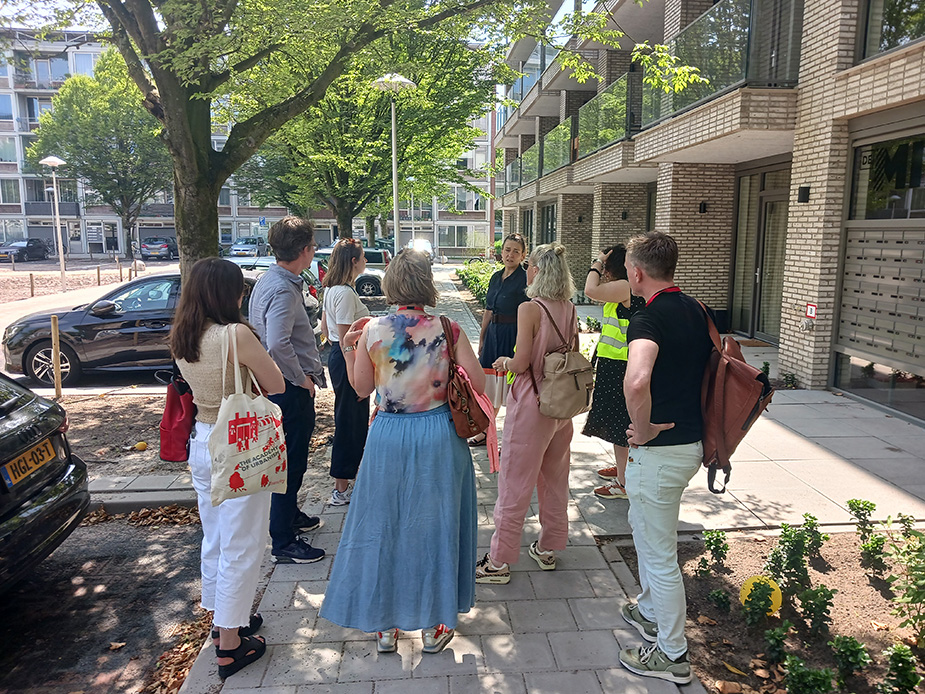
Overall, the approach taken in Utrecht shows that healthy urban living is not just about infrastructure or green space – it is about designing complete, equitable places. It requires integrated thinking, long-term vision, and a belief that urban environments should actively support people’s health, happiness, and sense of belonging. The city’s willingness to redesign its spaces, from streets to neighbourhoods to entire waterways, illustrates what is possible when people and place come first.
Lessons for Scotland
Here are five key insights from Utrecht that offer inspiration and encouragement to Scotland in designing and developing healthier, more inclusive places:
1. Tell a better story: culture before concrete
Utrecht’s success lies as much in its ability to tell a shared story about the kind of city it wants to be, and for whom it is being built. By placing culture and imagination at the heart of urbanism, the city allows this narrative to shape its design, policy, and investment decisions.
2. Use long-term planning frameworks and tools to guide development
Utrecht’s transformation is grounded in strong, long-term spatial frameworks. Detailed masterplans provide consistency across political terms and certainty for developers, investors, and communities. The public sector uses a clear, design-led approach to guide development over time. This includes the use of digital planning tools like the Utrecht Barcode, which enables data-driven decision-making for dense, mixed-use development. This innovation and continuity lead to better integration of housing, infrastructure, and public spaces.
3. Embrace a culture of collaboration
The Dutch model of ‘Polderen’, collaborative decision-making, was evident in the projects shown in Utrecht. Developers, government officers, politicians, and communities work together from the outset, building trust and shared ownership of outcomes. This culture of open dialogue leads to smarter, more inclusive decisions and enables bold ideas to move forward with broad support.
4. Prioritise proximity: the 10-Minute City in practice
Utrecht’s “10-minute city” principle ensures that daily needs – schools, shops, green spaces, workplaces – are within easy reach on foot or by bike. This proximity creates healthier, more equitable and connected neighbourhoods. But it is also about how those places feel. Utrecht shows that streets are not just for transport, they are places of experience, emotion, and identity. Designing cities for proximity transforms everyday life, encourages active travel, reduces car dependency, and supports local economies.
5. Design for human experience, happiness, and wellbeing
Perhaps the most striking takeaway from Utrecht is how deeply design shapes everyday happiness. From tree-lined schoolyards to car-free neighbourhoods and beautifully crafted public spaces, the city shows that thoughtful, human-centred design supports mental health, belonging, and pride. With 81% of residents reporting happiness, Utrecht proves that design matters.
Concluding remarks
Utrecht’s example demonstrates that healthy urban living is not a slogan, but something that can be embedded into the everyday fabric of city life through long-term planning, inclusive collaboration, and a commitment to high-quality, human-centred design. It reminds us that transformation takes time, courage, and sustained effort, but when we invest in places that prioritise wellbeing, connection, and beauty, the outcomes are not only worth it, they are lasting.
Notes:
Heather Claridge is a non-Executive Director of the Academy of Urbanism, which she undertakes on a voluntary basis. The Academy of Urbanism is a not-for-profit organisation that brings together both the current and next generation of urban leaders, thinkers and practitioners.
